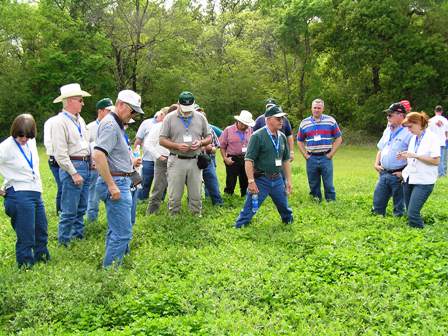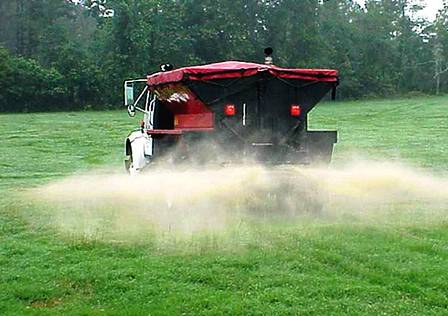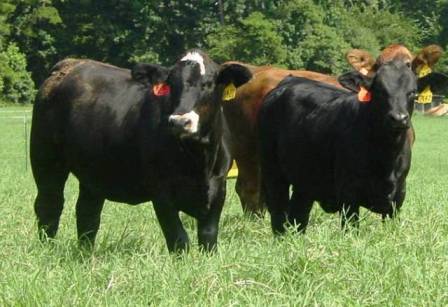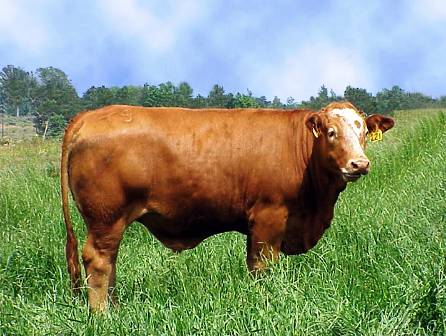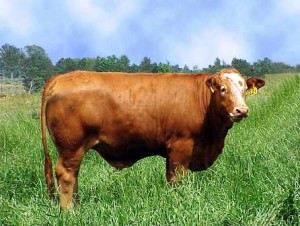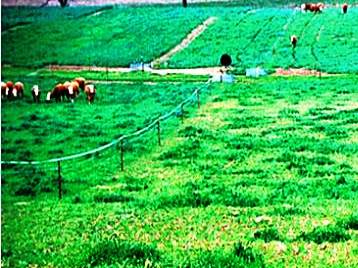
 If you raise cattle, you should. Nutrient cycling is a natural process which enhances the productive efficiency of pastures and the cattle that graze them. Because of nutrient cycling, Dr. Monte Rouquette and his colleagues at the Texas AgriLife Research and Extension Center at Overton have been able to produce significant amounts of forage (and cattle weight gain) from pastures that have received no external application of nitrogen fertilizer for the past 25 years. With the high cost of N fertilizer, methods to reduce the need for this input in a forage-cattle production system should be of interest to any livestock producer. Dr. Rouquette and his colleagues used annual clovers and grazing management strategies to accomplish the outcomes of this research. Using Bermuda grass pastures, they compared over-seeded ryegrass fertilized with nitrogen to over-seeded clover with no nitrogen fertilizer. These cool-season pastures as well as the subsequent warm season pastures were grazed with cow-calf pairs to measure production; urine and feces deposited by the cattle in one season supported forage plant growth in the next. More information and management guidance can be found in the report:
If you raise cattle, you should. Nutrient cycling is a natural process which enhances the productive efficiency of pastures and the cattle that graze them. Because of nutrient cycling, Dr. Monte Rouquette and his colleagues at the Texas AgriLife Research and Extension Center at Overton have been able to produce significant amounts of forage (and cattle weight gain) from pastures that have received no external application of nitrogen fertilizer for the past 25 years. With the high cost of N fertilizer, methods to reduce the need for this input in a forage-cattle production system should be of interest to any livestock producer. Dr. Rouquette and his colleagues used annual clovers and grazing management strategies to accomplish the outcomes of this research. Using Bermuda grass pastures, they compared over-seeded ryegrass fertilized with nitrogen to over-seeded clover with no nitrogen fertilizer. These cool-season pastures as well as the subsequent warm season pastures were grazed with cow-calf pairs to measure production; urine and feces deposited by the cattle in one season supported forage plant growth in the next. More information and management guidance can be found in the report:
